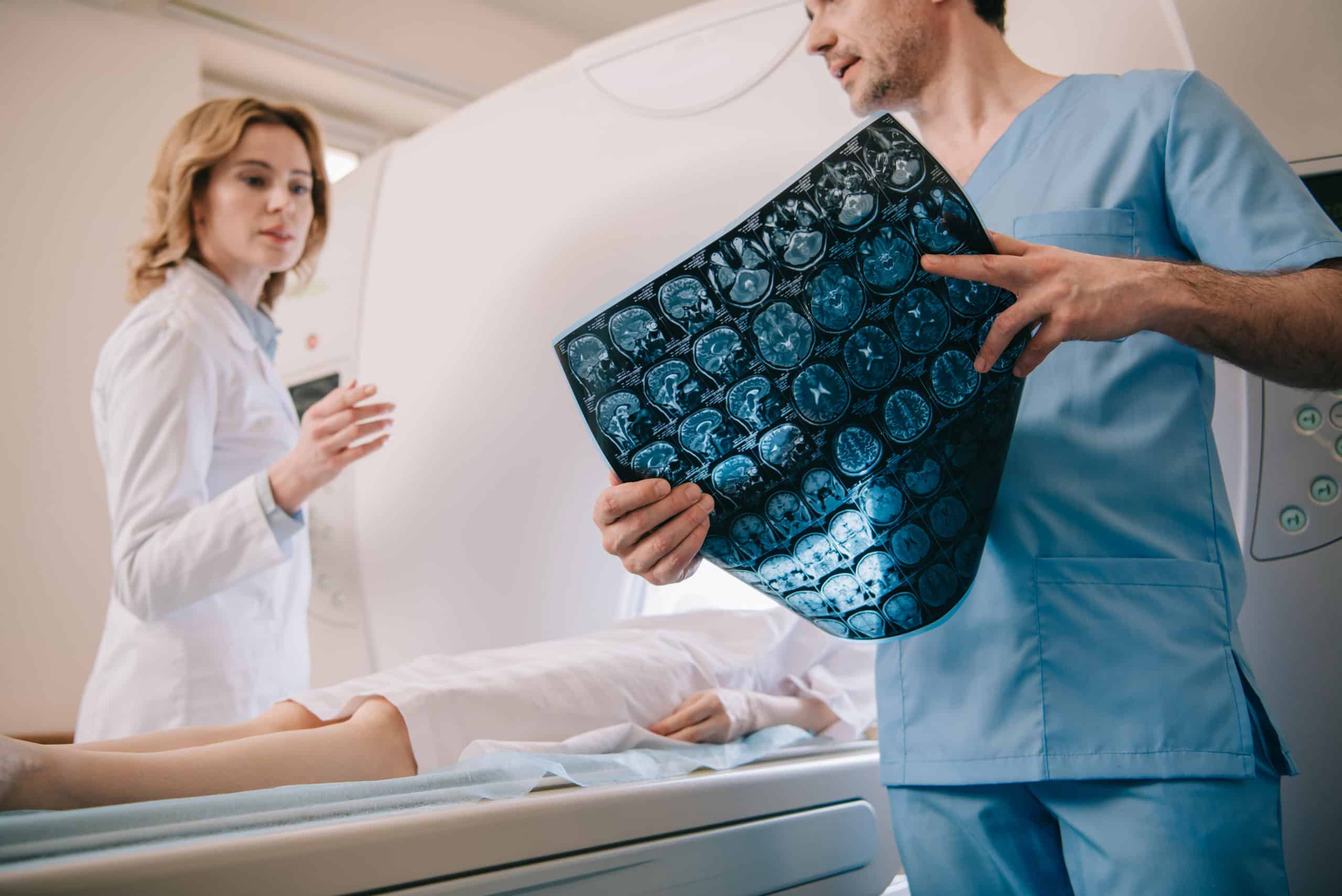The Educational Journey to Become a Radiologist
Embarking on the journey to become a radiologist is a rewarding but rigorous process that demands a commitment to learning, a passion for medicine, and a keen interest in diagnostic imaging. In this article, we unravel the educational requirements for aspiring radiologists, shedding light on the steps involved in attaining the expertise needed to navigate the complex world of medical imaging.
Undergraduate Education
The educational path to becoming a radiologist typically
begins with a solid foundation in the sciences during undergraduate studies.
Aspiring radiologists often pursue a bachelor's degree in a related field such
as biology, chemistry, or physics. This foundational knowledge serves as a
springboard for the more specialized medical education that follows.
Medical School
Upon successful completion of a bachelor's degree, the next
step is enrollment in medical school. Medical education encompasses four
intense years of coursework and clinical rotations. During this period,
students gain a comprehensive understanding of the human body, diseases, and
various medical disciplines. The foundation laid in medical school is critical
for the subsequent specialization in radiology.
Internship and Residency in Diagnostic Radiology
Following medical school, aspiring radiologists undertake a
one-year internship in a general medical or surgical field. This hands-on
experience broadens their understanding of diverse medical conditions.
Subsequently, they enter a residency program focused on diagnostic radiology.
Residency in radiology typically lasts four years, during which residents
receive extensive training in interpreting medical images, utilizing various
imaging modalities, and honing their diagnostic skills.
Fellowships for Specialization
While completing a residency in diagnostic radiology equips
individuals with the necessary skills to practice as radiologists, some choose
to pursue fellowships for further specialization. Fellowships offer focused
training in specific areas of radiology, such as interventional radiology,
neuroradiology, musculoskeletal radiology, or pediatric radiology. These
additional years of training enhance expertise and open doors to more
specialized career paths.
Licensing and Board Certification
After completing the requisite education and training, the
final step is obtaining a medical license to practice as a radiologist.
Licensing requirements vary by jurisdiction but typically involve passing the
United States Medical Licensing Examination (USMLE) or a similar licensing
examination. Additionally, many radiologists pursue board certification through
the American Board of Radiology (ABR) or other relevant boards, which further
validates their expertise and commitment to maintaining high standards of
practice.
Continuing Medical Education (CME)
The journey to becoming a radiologist doesn't end with
formal education and certification. Radiologists are committed to lifelong
learning to stay abreast of advancements in technology, imaging techniques, and
medical knowledge. Continuing Medical Education (CME) activities, workshops,
and conferences play a crucial role in ensuring that radiologists remain at the
forefront of their field.
Adapting to Technological Advancements
Radiology is a dynamic field that evolves with technological
advancements. Radiologists must adapt to changes in imaging technology,
including the integration of artificial intelligence (AI) and machine learning.
Staying current with technological trends is essential for delivering optimal
patient care and maintaining diagnostic accuracy.
Conclusion
Becoming a radiologist is a comprehensive journey that
combines a strong educational foundation with hands-on training and continuous
learning. From the rigors of medical school to the specialized training in
diagnostic radiology and beyond, each step contributes to the development of
skilled professionals who play a vital role in modern healthcare. Aspiring
radiologists should embrace the educational challenges ahead, knowing that
their commitment will lead to a rewarding and impactful career in diagnostic
imaging.
FAQs
- Can
I become a radiologist with a degree in a field other than the sciences?
- While
a science-related undergraduate degree is common, some individuals pursue
radiology after completing a bachelor's degree in other fields. However,
additional science coursework may be necessary.
- How
long does it take to become a radiologist?
- The
educational journey to becoming a radiologist typically involves four
years of undergraduate studies, four years of medical school, one year of
internship, and a four-year residency. Fellowships, if pursued, add
additional years.
- What
is the significance of board certification for radiologists?
- Board
certification, such as through the American Board of Radiology, signifies
that a radiologist has met rigorous standards of education, training, and
competency. It enhances professional credibility and is often required
for employment.
- Is
continuing education required for radiologists after completing their
formal training?
- Yes,
continuing medical education (CME) is essential for radiologists to stay
updated on advancements in their field, ensuring they provide the highest
quality of care and maintain their professional licenses.
- How
do technological advancements impact the practice of radiology?
- Radiologists
must adapt to evolving technologies, including the integration of AI and
machine learning. Staying informed about these advancements is crucial
for delivering accurate diagnoses and maintaining the highest standards
of patient care.

Comments
Post a Comment